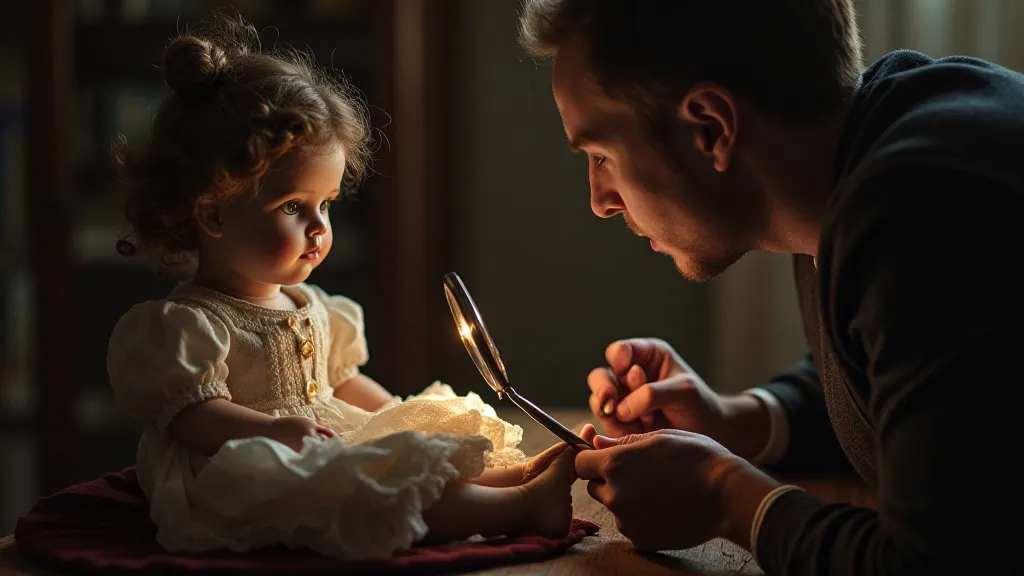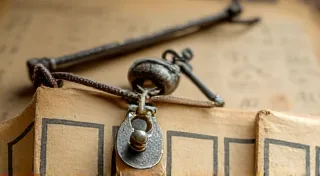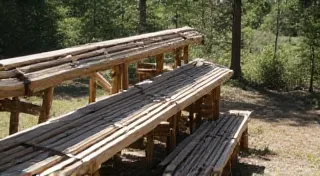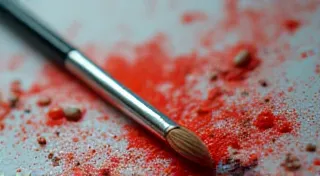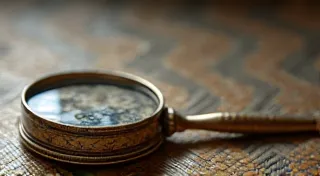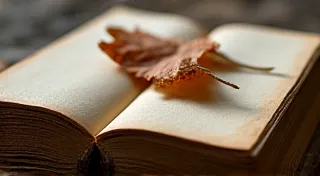Fractured Elegance: Repairing and Restoring Antique Dolls with Reverence
There's a particular fragility to antique dolls, a poignant vulnerability that transcends mere materiality. They aren't just toys; they are fragments of history, silent witnesses to childhood laughter, whispered secrets, and the relentless march of time. As collectors and custodians of these treasures, our responsibility extends beyond simply owning them; it’s about understanding and honoring their stories, even when those stories are etched into cracks and fading paint. The practice of repairing and restoring antique dolls isn’t about perfection; it’s about reverence – acknowledging the imperfections as integral parts of their narrative.
I remember my grandmother’s doll, Clara. She wasn’0 particularly valuable, just a humble bisque head doll from the early 1900s, with faded blue eyes and a perpetually sad smile. My grandmother, a woman of immense practicality, had attempted a hasty repair to Clara’s arm as a child, gluing it back on with something that clearly wasn't archival quality. It was visibly mismatched, a jarring imperfection that many might have considered a flaw. But for me, it was a tangible link to my grandmother, a silent echo of her own childhood and the love she poured into preserving this little treasure.
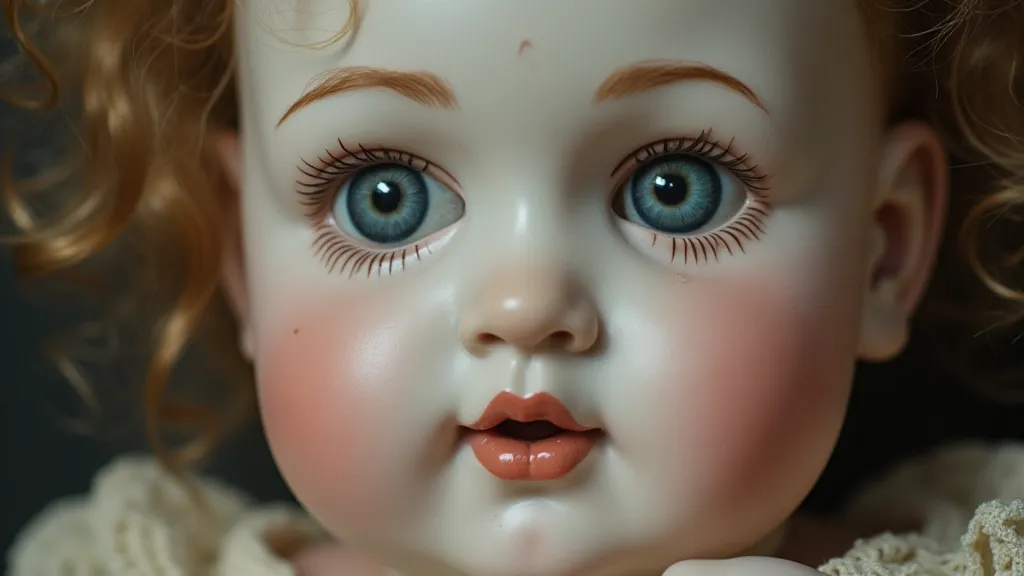
The Ethical Tightrope: Preservation vs. Renovation
The ethical considerations surrounding antique doll restoration are complex. The prevailing philosophy among serious collectors today leans heavily towards preservation rather than complete renovation. The goal isn’t to return a doll to an idealized “new” state, but to stabilize its condition, prevent further deterioration, and retain as much of its original character as possible. A heavily restored doll, stripped of its patina and original markings, often loses significant value and historical significance. It becomes a facsimile, a convincing imitation, but not the genuine article.
This perspective arose from a reaction against the aggressive restoration practices of the mid-20th century. Then, "improvement" was the keyword, and dolls were routinely repainted, re-wigged, and dressed in modern clothing, effectively erasing their unique history. These interventions, while well-intentioned at the time, are now often viewed as detrimental to the dolls’ authenticity and desirability. Many have begun to appreciate the importance of understanding how the decline and legacy of antique doll manufacturing influenced these very practices, a deeper dive into which you can find here.
Understanding Materials and Techniques
When intervention is necessary, choosing the right materials is paramount. Archival-quality adhesives, conservation-grade paints, and natural materials – wool for wigs, linen for bodies – are essential. Modern acrylic paints, for example, are often avoided because they are less reversible than traditional pigments and can damage the original paint layer during application or removal.
The process itself requires a delicate touch and a deep understanding of doll construction. A simple crack in a bisque head isn't just a structural issue; it's a roadmap of the doll's history – a testament to the stresses it has endured. Attempting to completely eliminate this crack might involve applying a filler, but a skilled conservator will prioritize stability, often using a reversible adhesive that allows for future examination or even repair if better techniques become available. Replacing limbs requires careful matching of materials and coloration, striving to achieve a seamless integration without completely erasing the doll’s character.
One of the biggest challenges lies in cleaning. Years of grime and dust can obscure the doll's original features, but aggressive cleaning can easily remove the delicate paint layer. Gentle, controlled methods using distilled water and specialized cleaning solutions, carefully monitored under magnification, are the preferred approach. It’s often fascinating to discover what materials were used in their construction—sometimes surprising and often overlooked—and further exploration into these details is a worthwhile endeavor.
The Significance of the Body: More Than Just a Container
The body of an antique doll – whether cloth, leather, or composition – often bears the most visible signs of age and wear. It's here that stuffing has compacted, leather has cracked, and cloth has faded. While replacing a body is sometimes unavoidable, it’s a significant undertaking. The replacement body must be constructed from historically accurate materials and techniques to be considered a sympathetic repair. Simply placing a modern plastic body inside a valuable antique head would be considered an act of sacrilege in the collecting world.
Consider the significance of the stuffing. Original cloth bodies were often stuffed with cotton batting, kapok, or even sawdust. The density and texture of this stuffing contribute to the doll’s overall feel and character. Replacing it with a modern, synthetic fiber would subtly alter the doll’s weight and balance, diminishing its authenticity.
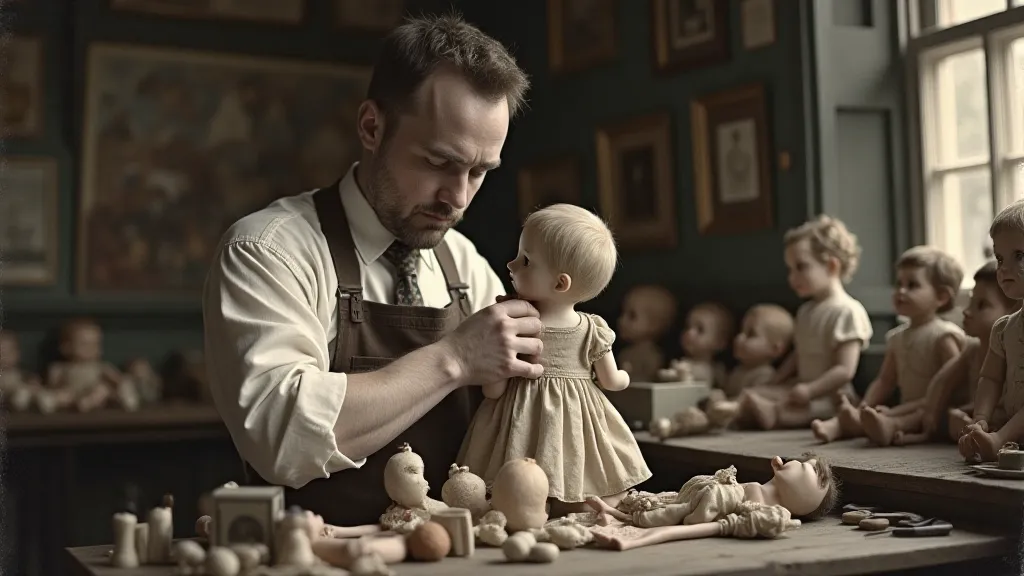
Beyond the Technical: Appreciating the Craftsmanship
Repairing antique dolls isn’t simply a technical exercise; it’s an act of appreciation. These dolls represent the skill and artistry of their creators. Bisque heads were often hand-painted, each one subtly unique. Wigs were painstakingly sewn from human hair or mohair. Clothing was often hand-stitched from fine fabrics. Understanding this level of craftsmanship allows us to approach restoration with a deeper sense of respect.
Look closely at the hands and feet of a well-made antique doll. Note the articulation, the attention to detail. Imagine the artisan who meticulously crafted these miniature works of art. These details speak to a commitment to quality that is often lacking in modern mass-produced toys. The marks left behind on these dolls are more than just imperfections; they tell a story—a story that collectors seek to understand and preserve, a concept deeply explored in how they decode the markings on antique dolls.
The Ongoing Conversation: A Legacy of Care
The field of antique doll restoration is constantly evolving. New techniques emerge, new materials are developed, and our understanding of historical practices deepens. What was considered acceptable restoration practice twenty years ago might be frowned upon today. Staying informed about these developments is essential for responsible custodianship. It’s a process of continual learning, with ongoing debate about what truly constitutes respectful intervention. This isn't solely about technical prowess, but also about the sentiment they evoke, the value they hold beyond their monetary worth.
Ultimately, the goal is to ensure that these fragile treasures endure for future generations. It's about acknowledging their imperfections, respecting their history, and approaching restoration with a profound sense of reverence. Each repair, no matter how small, is an act of preservation, a continuation of a legacy of care that spans generations.
